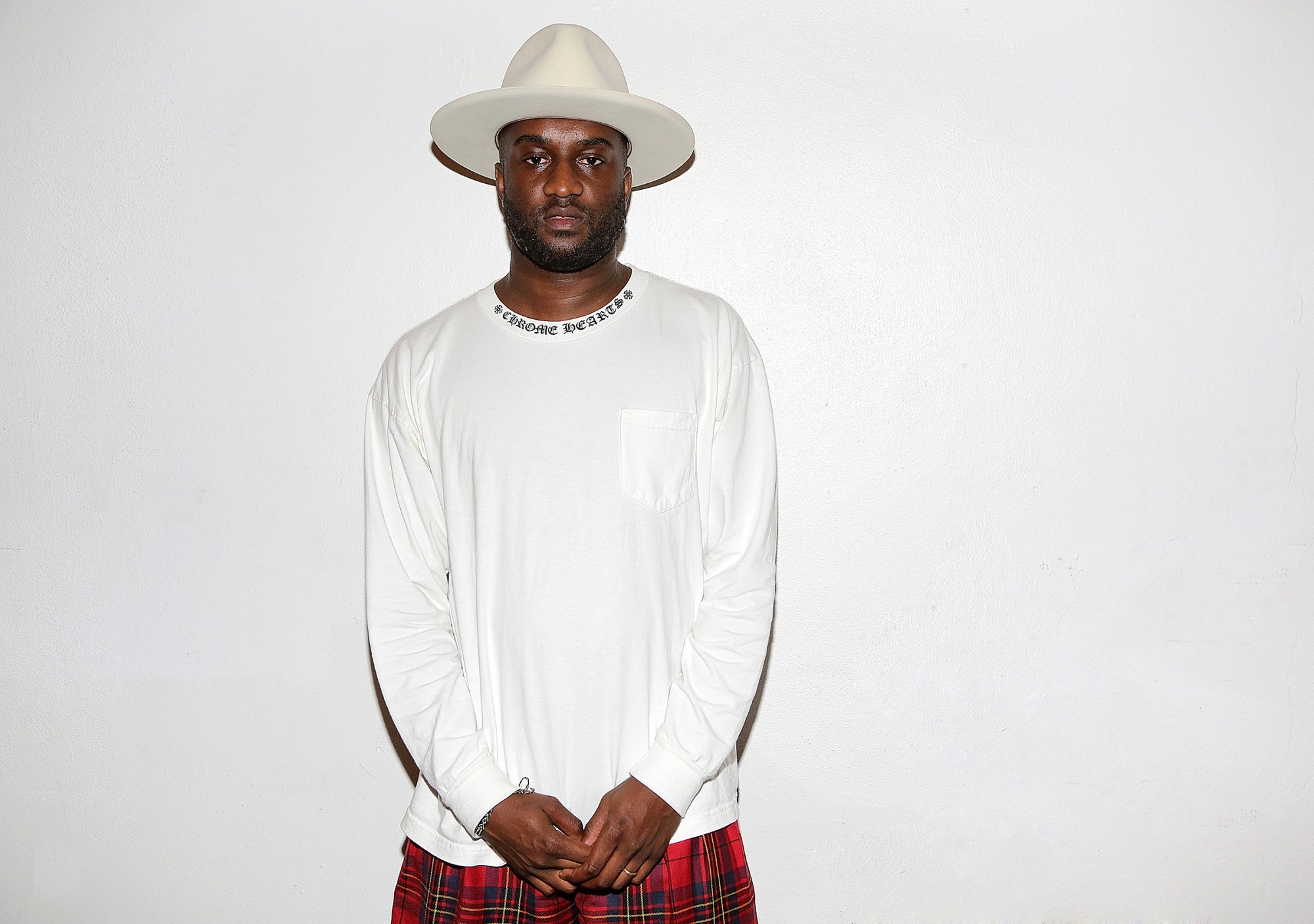
- Fashion
Fashion Black and White – Succeeding on an Uneven Playing Field
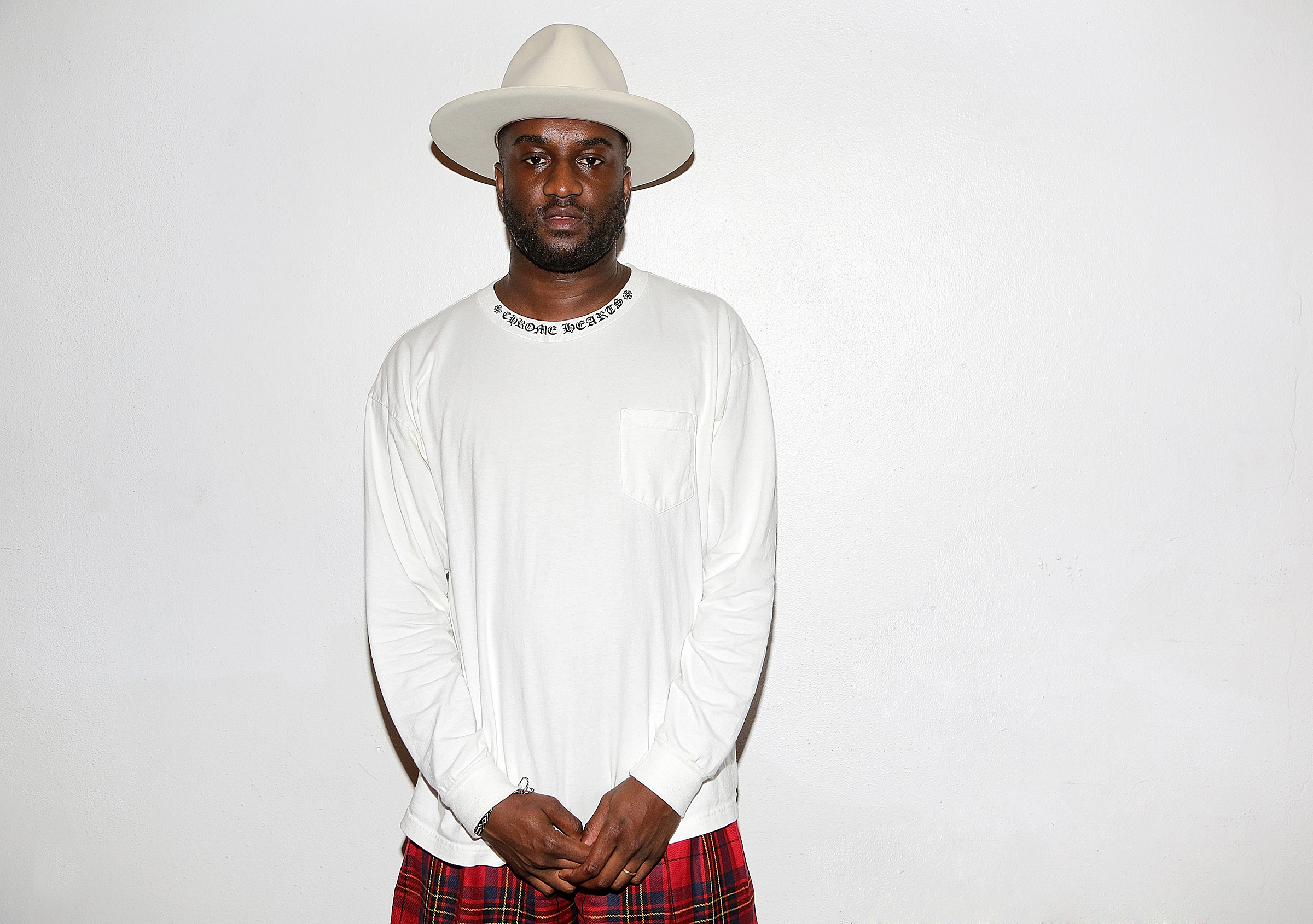
Black and white are the staples of classic fashion, but when you look behind the lens at who the powerhouses are that influence what the world wears – the fashion magazines based in Europe and America, and they show only what they know – the powerhouses look a little bleached. That filters through into who is photographed and who has access to stars to style the trend the world will follow.
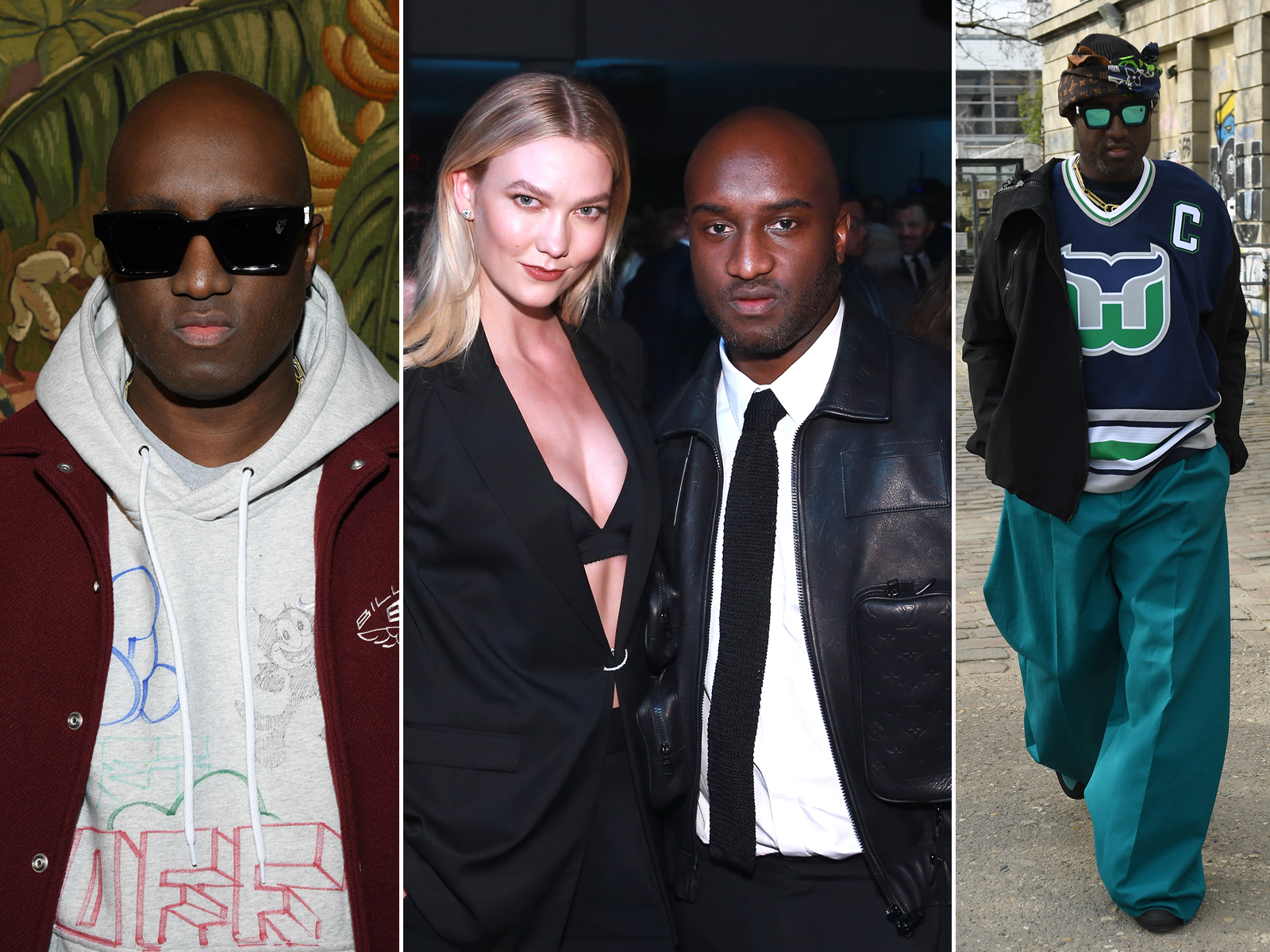
With the passing of Virgil Abloh, the artistic director of Louis Vuitton’s menswear and the first Black American to hold that post at a French luxury fashion house, it’s time to look at the pipeline and celebrate the work rising from Black talent in the field of fashion. Virgil Abloh’s combination of street-made couture embraced not only his architectural education but also reflected his Ghanaian roots. We spoke to two designers who are making their mark designing for the red-carpet moment.
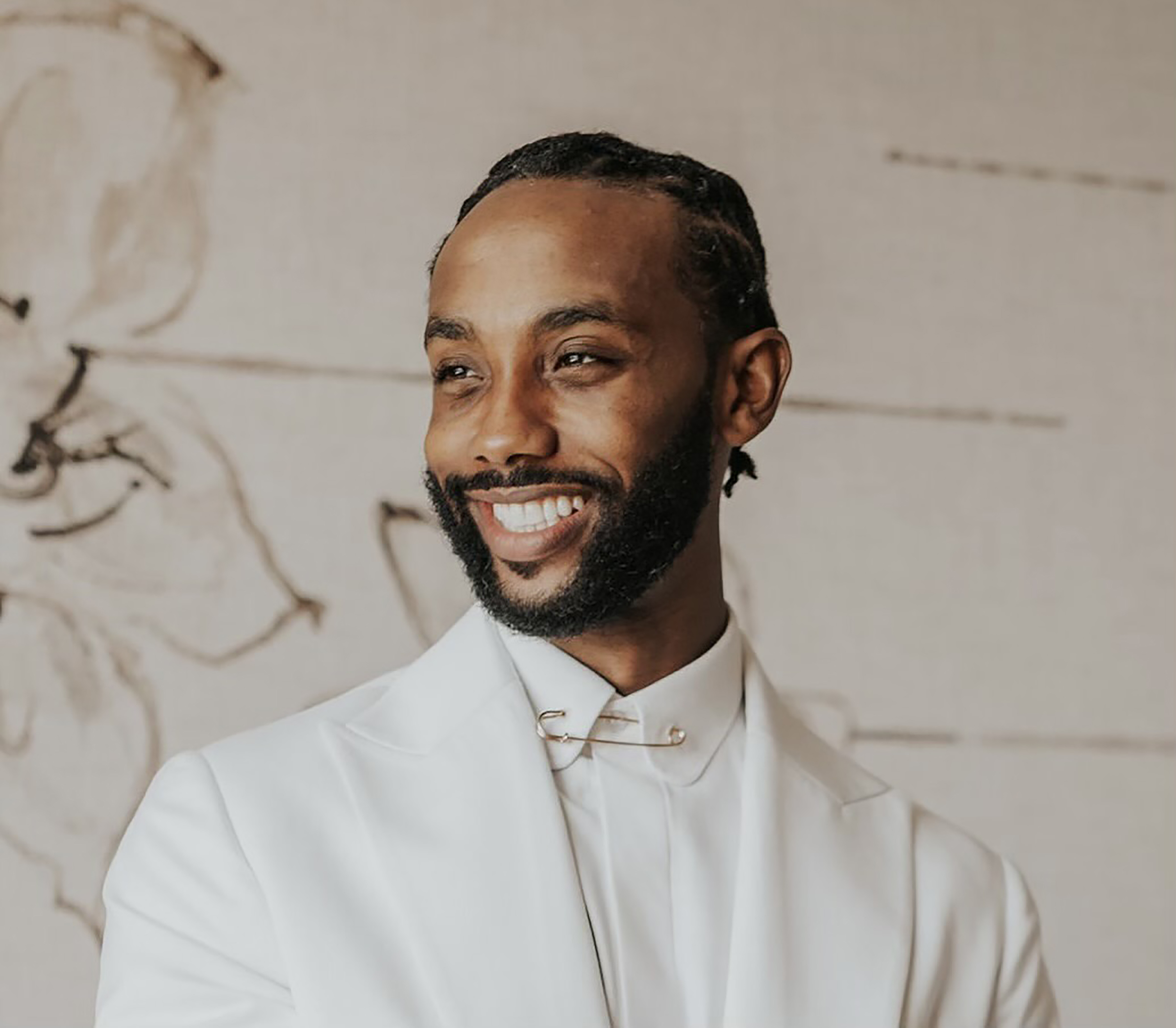
BJ Gray was trained in Paris and his career took root as a stylist in LA. However, he has quickly segued into someone Lady Gaga, Common, Billy Porter, Viola Davis and Taika Waititi have worn to dramatic effect. He credits watching Leonardo DiCaprio in 2013s The Great Gatsby as a pivotal moment. “In a period of my life full of monotony and success in the white-collar workforce, my heart truly yearned for more, and this film was the final straw,” confesses the man whose starching of his battle dress uniform while in the army was so perfect that it prompted even drill sergeants to stop by his barracks to learn his secrets. At college, the designer who has always had an eye on repurposing, created T-shirts for his Alpha Phi Alpha fraternity, pairing them with vintage items that he tailored. Post-graduation led him to banking, where again, his style was so specific that his clients sought his expertise. He reflects, “I’ve poetically danced with fashion my whole life in so many instances that have provided building blocks in the next ventures that I take, but it can all be traced back to fashion.”
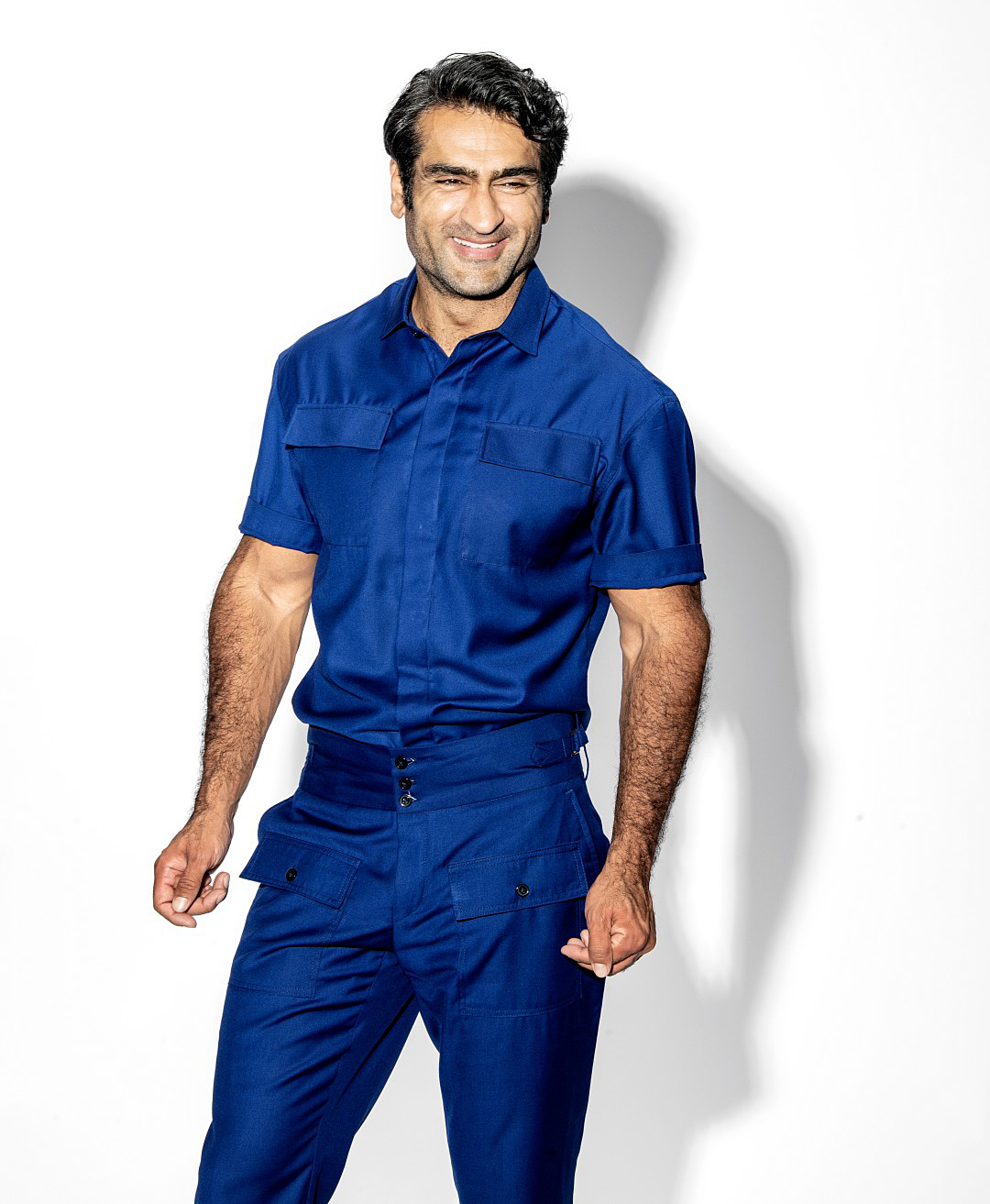
We turn to the sensitive topic of privilege and access. He tackles it head-on. “As a Black man, it’s always going to be an uphill battle in any instance because you’re playing on a field that wasn’t built for you to succeed. Fashion is no different, but it has one thing that I choose to romanticize with this journey, the expression and appreciation of my art. It makes the days that you’re at your lowest just a little bit better when someone appreciates your art, or you stretch yourself as a creative and it pays off. We know that our art is good enough to rival those with privilege and connections far beyond our reach, but we won’t be deterred because we know that given the opportunity, we will shine and bring the same success with us that’s now within everything we have touched.”
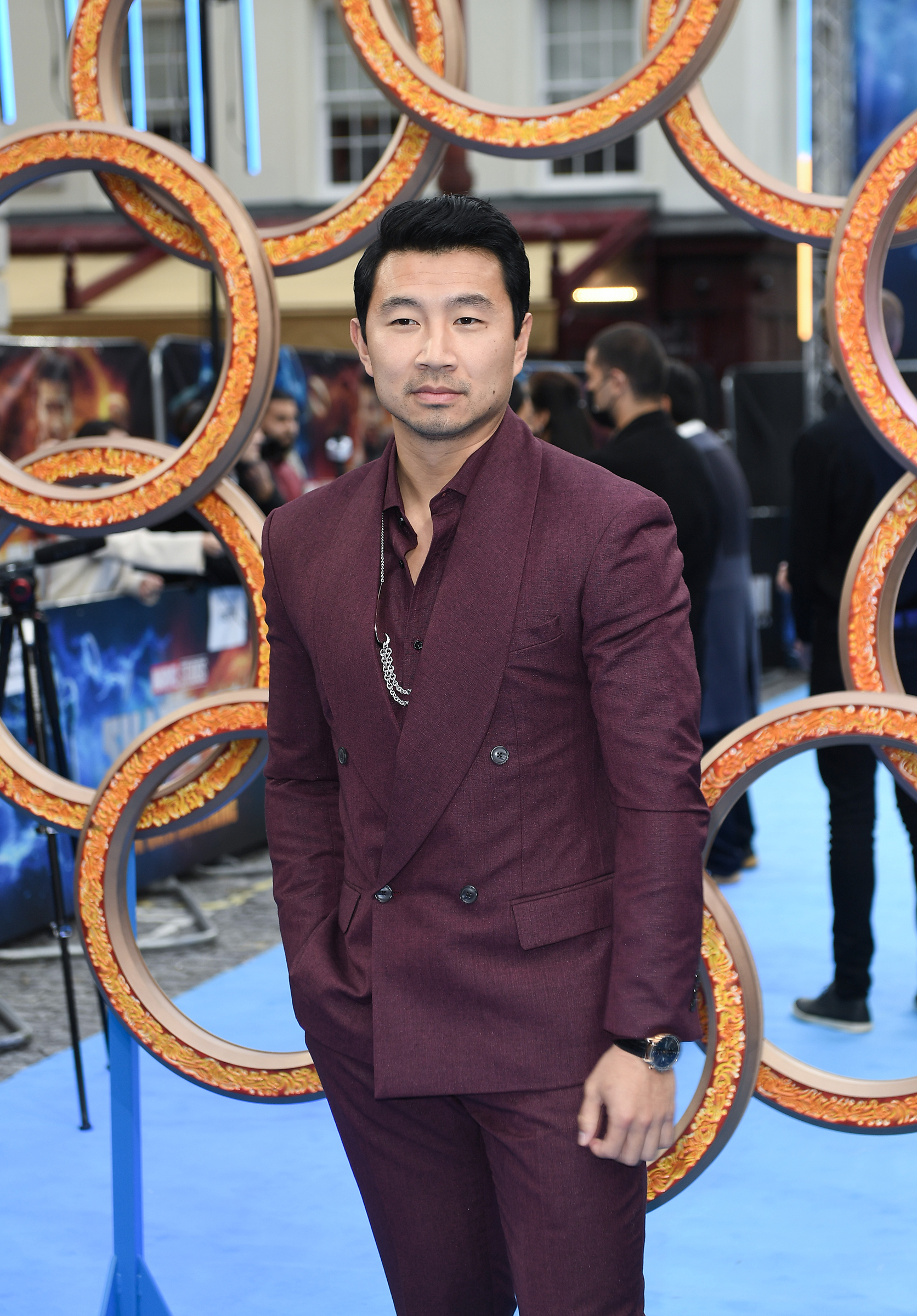
For the recently married Angeleno – his wife designs Da Shoné by DaSh – who has called his creations ‘controlled chaos,’ the idea of a diverse range of clients suits his heart. “It speaks directly to my core mantra – style should be just as diverse as the world,” says Gray.
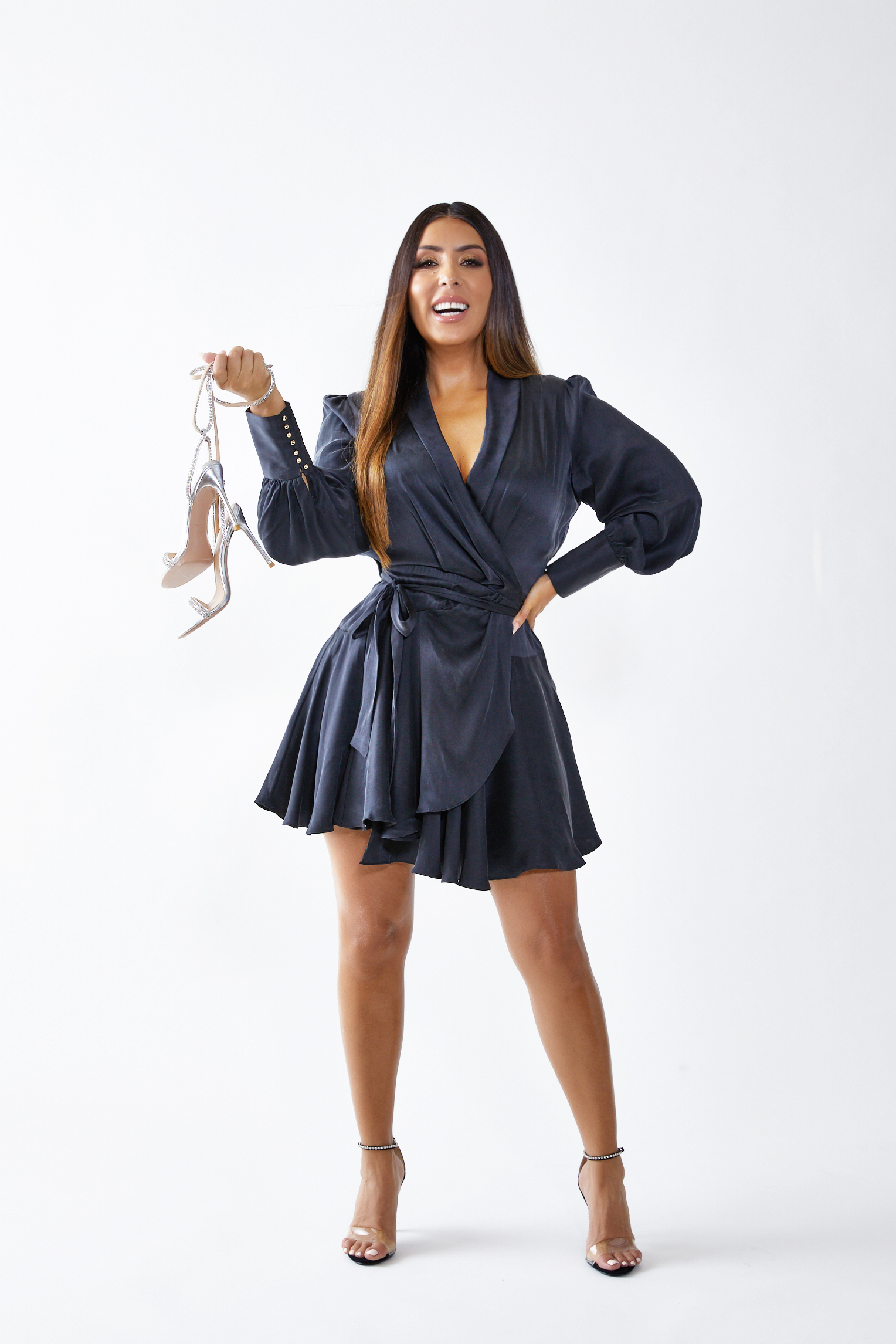
On the other side of the scales is Flor de Maria Rivera, the founder of Flor de Maria, a high-end shoe line whose clients include Carrie Underwood, Bebe Rexha and Loren Gray, to mention just a few. The Peruvian powerhouse spent time in front of the camera as a sports anchor, while also running a successful fashion blog. Like many women, she quested for the perfect shoe. Ultimately, she took things into her own hands by studying shoe design at Arsutoria in Milan and entrepreneurship at Stanford, before embarking on her own line.
That her choice was to focus on footwear is a surprise to no one who knows the designer. “My mom would always wear heels, no matter where she went, even to pick us up from school,” notes the woman who designed hot pink corduroy pants for herself at the age of seven while still in the country of her birth. “I always wanted to be like her,” she shares proudly. “I would grab her heels and walk around the house, even when I was just three years old. My dad was into fashion as well. He would tailor all his clothes and make it just like he wanted. He eventually would take me to the tailor so I could create my clothes.” While her roots have given her a close-knit community, she believes they have “100%” made it harder to break into the fashion industry.
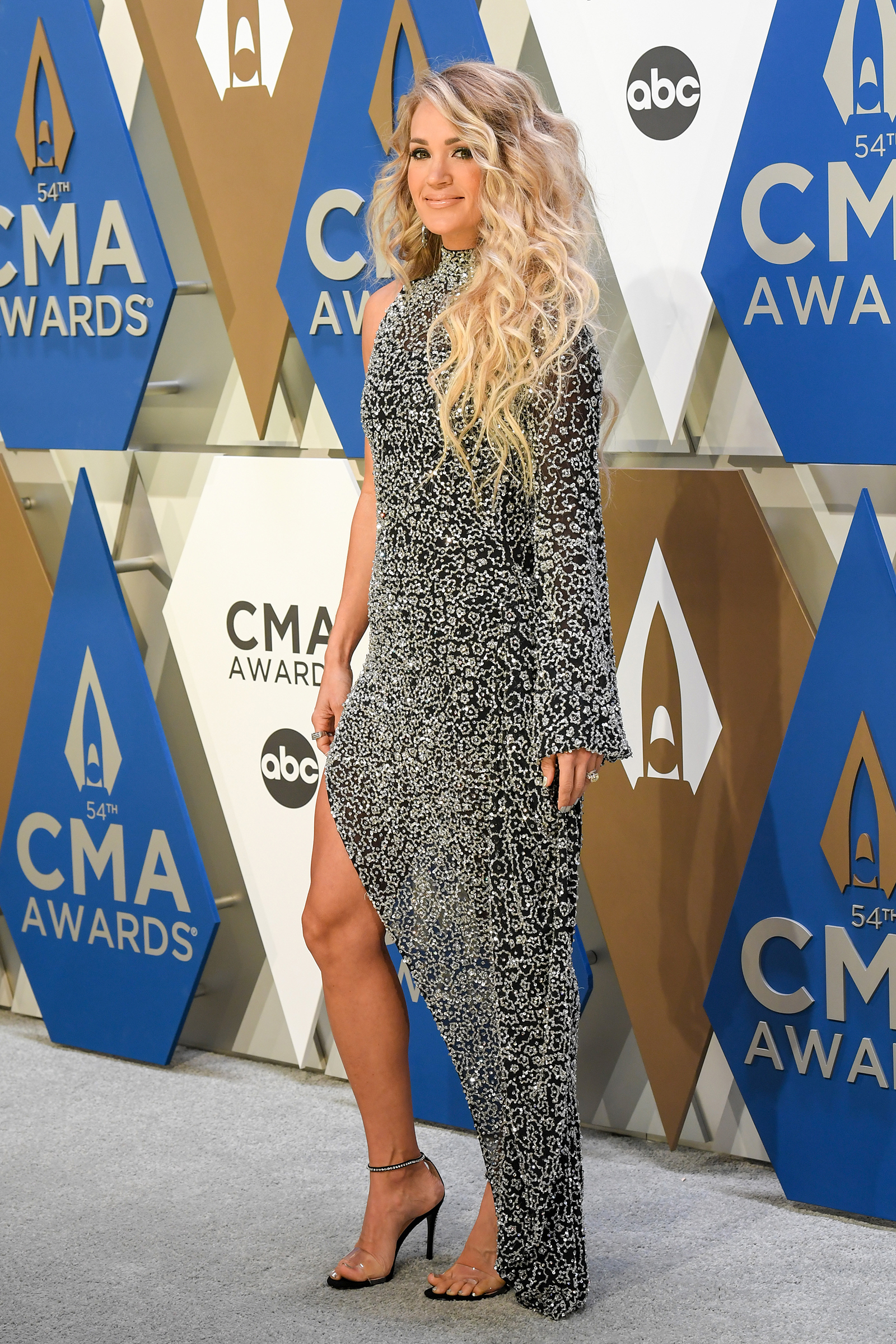
For the immigrant who came to America at age 14, success has been driven by sheer grit and creativity. “I feel like I’m not given as many chances as other designers.” She lists all the parts of the wheelhouse that create less opportunity and access. “I’m self-funded, an immigrant, Latina, and a woman of color.” The silence registers that this is one of the most underrepresented groups at the table of privileged access. “I’ve worked extremely hard to be where I am, and even though my shoes have been worn by many celebrities and continuously sell out every collection, we still don’t get the exposure and coverage as other brands. A lot of publications are only interested when it’s Hispanic Heritage Month, which is unfortunate because I design shoes for EVERY and ALL women.”
As the channels of power broaden, new choices are reflecting the richness and strength of a tapestry of inclusion reflected in the workrooms of fashion and on the red carpet itself. Check back for more interviews on the diversity of people creating the looks we see under the flashlights.